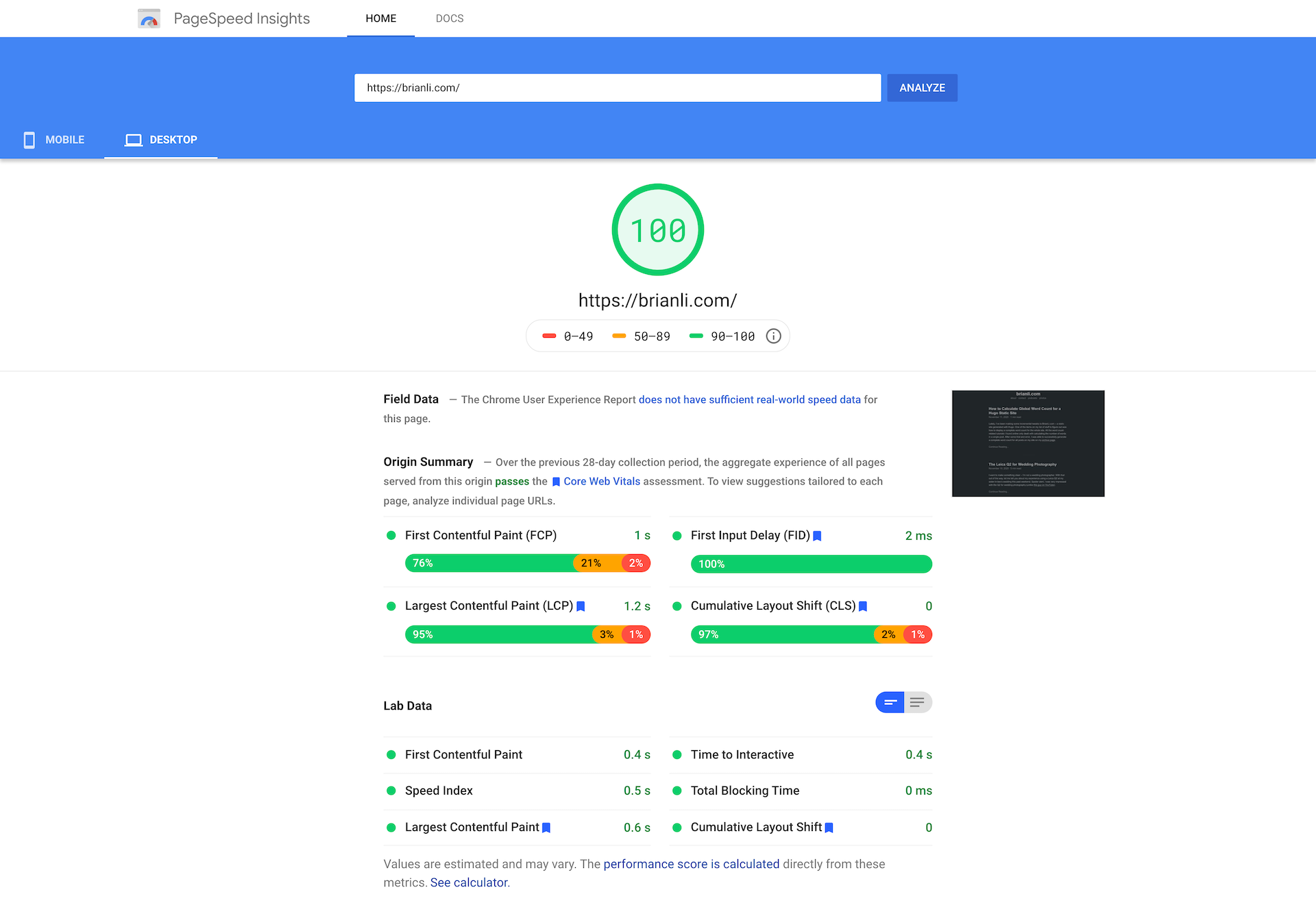Normalizing audio is an important skill to know for music producers and sound engineers. For music producers, ensuring that a track is normalized correctly is a key step in the preparation process for distribution. Similarly, sound engineers may occasionally be called upon to normalize sound effects for a show. In this post, you’ll learn how to normalize audio in Logic Pro X.
Glamping in Japan – A Hoshinoya Fuji Review
Last month, we spent a weekend at Hoshinoya Fuji, a luxury glamping (more on this later) resort overlooking Lake Kawaguchiko. I’ve been meaning to write this post ever since we got back, but life and work has been very busy over the past few weeks. I guess late is better than never, so here’s a summary, with plenty of photographs, of our weekend stay at Hoshinoya Fuji. In case you’re wondering, all photos in this post were shot with my trusty Leica Q2.
Tommy Hilfiger in Tokyo
I’m not a fan of their clothing and accessories, but the elevator in the Tommy Hilfiger store in Tokyo makes for a good photo opportunity.

Apple M1 Chip Outperforms 16" MacBook Pro →
Jim Dalrymple, The Loop:
First things first, here’s a link to the Geekbench browser, with search set to “MacBookAir10,1”.
This will let you do the search yourself, see the MacBook Air results as they come in. As of this writing:
- Single-core scores range from 1656 to 1732
- Multi-core scores range from 6519 to 7545
- Bigger numbers mean faster performance.
Next, I did a search for the “MacBook Pro (16-inch Late 2019)”. The fastest single-core score I could find was 1243, with most scores much lower than that. Fastest multi-core was 7191, again with most scores well below that.
Draw your own conclusions here, but I am excited about the possibilities here. I’m going to spend some time looking for GPU scores. Guessing the M1 will not perform as well as machines with discrete GPUs, but I may well be surprised.
If proven to be true, the release of Apple’s M1 chip will be remembered as one of those paradigm-shifting events that propelled personal computing forward into the great unknown. As someone who’s constantly plugged into the latest advances in personal computing, the possibility of a MacBook Air being faster, in any aspect, than the previous generation 16" Macbook Pro is mind-boggling – it’s completely absurd in a good way.
As we all know, Geekbench scores don’t tell the whole story. Maxing out single and multi-core performance for the sake of a “performance score” isn’t an accurate reflection of real-world usage. With that said, Geekbench scores do give a general sense of how well a CPU performs, and the new Macbook Air’s scores are unbelievable and completely believable at the same time.
Anyway, I look forward to seeing how the M1 chip performs in day-to-day usage. I’m planning to order one for my wife since the screen on her 12" MacBook was recently smashed by a naughty baby. If the MacBook Air is in fact faster than my 16" MacBook Pro for my use cases (writing, podcasting, video editing, etc.), I’ll probably consider picking up an M1-powered 13" MacBook Pro for work.
Leica Q2 Sample Images
The Leica Q2 is an incredible camera. A 47-megapixel full-frame compact camera with a Summilux-quality lens is such a unique offering in photography. It’s simply unmatched for lifestyle, travel, documentary, and day-to-day photography. The Leica Q2 is my everyday-carry camera in Japan, and I highly recommend it if you’re looking for a premium fixed-lens camera.
Over the past year, I’ve received numerous requests for Leica Q2 sample images from prospective buyers. If you’re interested in purchasing a Leica Q2, check out some of my sample images below and let me know what you think. I’ll update this post every few months with new sample images, but feel free to follow me on Instagram if you want to stay up to date with my Leica Q2 photography.
Core Web Vitals to Become a Google Ranking Factor in 2021 (Finally) →
Sarah Gooding, WP Tavern:
Today Google confirmed that it will roll out the new page experience signals in May 2021. The search engine also plans to introduce a new visual indicator for pages that fully comply with the page experience requirements. There are no additional details on what that will look like but AMP’s lightning bolt is a good example of how small graphics can have a meaningful impact on users’ behavior when navigating through search results.
I’m all for this. Slow websites suck. Seriously, it’s 2020 and we have technologies like HTTP/2, Push, and HTTP/3 (soon) – websites shouldn’t be slow anymore. For the past few years, people have speculated that Google takes page speed into account when determining rankings for search results. With this latest announcement, Google has finally confirmed that this is the case.
For me, the best part of all this is the “new visual indicator”. I love the idea, and hopefully it’ll finally encourage operators of slow sites to do something about it. Does anyone know if there is an index fund for website optimization companies?
In August, Screaming Frog, a search marketing agency, published a lengthy report on tests that found only 12% of Mobile and 13% of Desktop results passed the Core Web Vitals assessment. Screaming Frog used the PageSpeed Insights API to test 20,000 websites, which were selected through scraping the first-page organic results from 2,500 keywords across 100 different topics. The report highlighted a few important findings:
That’s pretty disappointing. I wouldn’t be surprised if a bunch of those 20,000 websites were WordPress sites. After all, WordPress does power 38% of the web. With that said, I want to stress that bad Core Web Vitals scores is not an inherent quality of WordPress – this is something that many people don’t understand.
Do you need help improving your WordPress site’s Core Web Vitals? Check out my WordPress optimization and maintenance packages to take your site’s performance to the next level.
WordPress has a bad reputation for being slow and resource-intensive. It’s true that many WordPress sites are slow, but that’s not because of WordPress. It’s because WordPress has such a lower barrier of entry, it almost encourages the buildup of technical debt. Want to change the font on your WordPress site? Here, install a huge plugin that adds a bunch of extraneous CSS and JS! It’s easy!
At the end of the day, WordPress is just a PHP-powered generator that spits out HTML, CSS, and JS for a web browser to serve. It’s not a lost cause. I hope to see WordPress users take control of site performance in 2021. In most cases, a few quick tweaks to an existing WordPress site will do wonders for Core Web Vitals.
- Ensure images are properly sized and optimized (WEBP or AVIF).
- Use native lazy loading for images and iframes (
loading=lazy). - Replace web fonts with a system font stack.
- Get rid of render-blocking CSS and JS – plenty of plugins for this.
- Enable local page caching on the web server or with a plugin.
- Use Cloudflare APO to distribute HTML across the world.
On a related note, it looks like BrianLi.com is ready for this.

Bring it on, Google!
How to Calculate Global Word Count for a Hugo Static Site
Lately, I’ve been making some incremental tweaks to BrianLi.com – a static site generated with Hugo. One of the items on my list of stuff to figure out was how to display a complete word count for the whole site. All the word count-related tutorials I found online only dealt with calculating the number of words in a single post. After some trial and error, I was able to successfully generate a complete word count for all posts on my site on my archive page.
The Leica Q2 for Wedding Photography
I want to make something clear – I’m not a wedding photographer. With that out of the way, let me tell you about my experience using a Leica Q2 at my sister-in-law’s wedding this past weekend. Spoiler alert, I was very impressed with the Q2 for wedding photography (unlike this guy on YouTube).
Mt. Fuji From Numazu
We stayed at the Riverside Hotel this past weekend for my sister-in-law’s wedding in Numazu. The hotel wasn’t the best place in the world, but it had a great view of Mt. Fuji. The photo below was taken from our room window.

Arise Coffee Roasters
Whenever we go to visit a new neighborhood, I always try to find a coffee shop to go to. That’s one of the perks of living in Tokyo. There are great coffee shops everywhere. Last weekend, we explored Kiyosumi Shirakawa, and my coffee research led us to Arise Coffee Roasters. As you can see, it’s not a “sit down and sip your coffee while reading a book” type of place, but the coffee was excellent!
